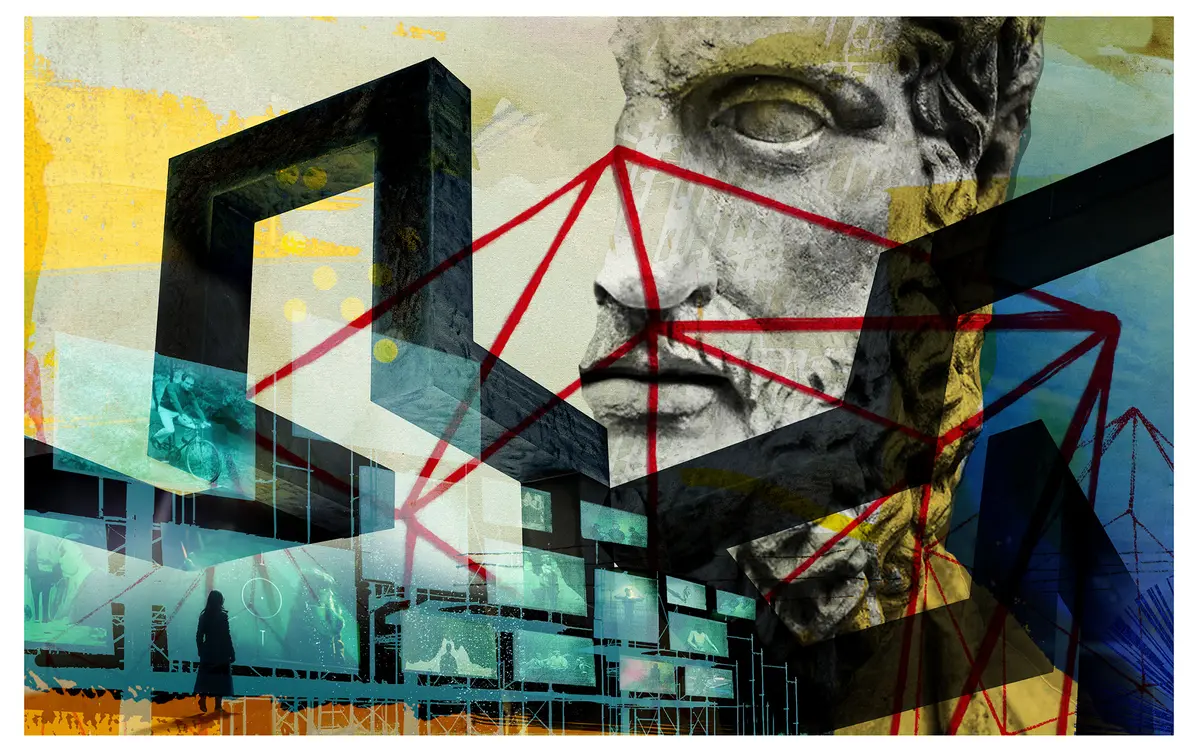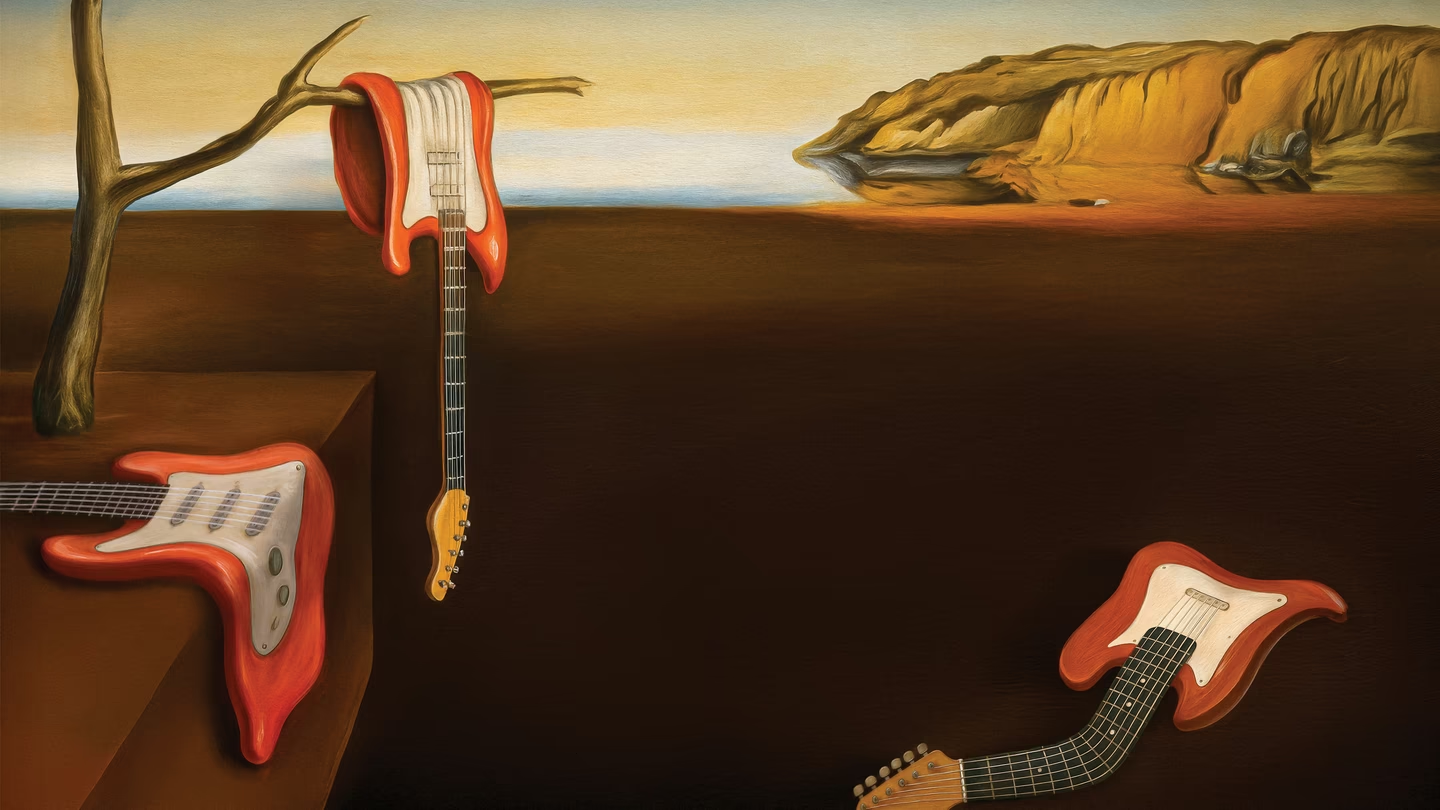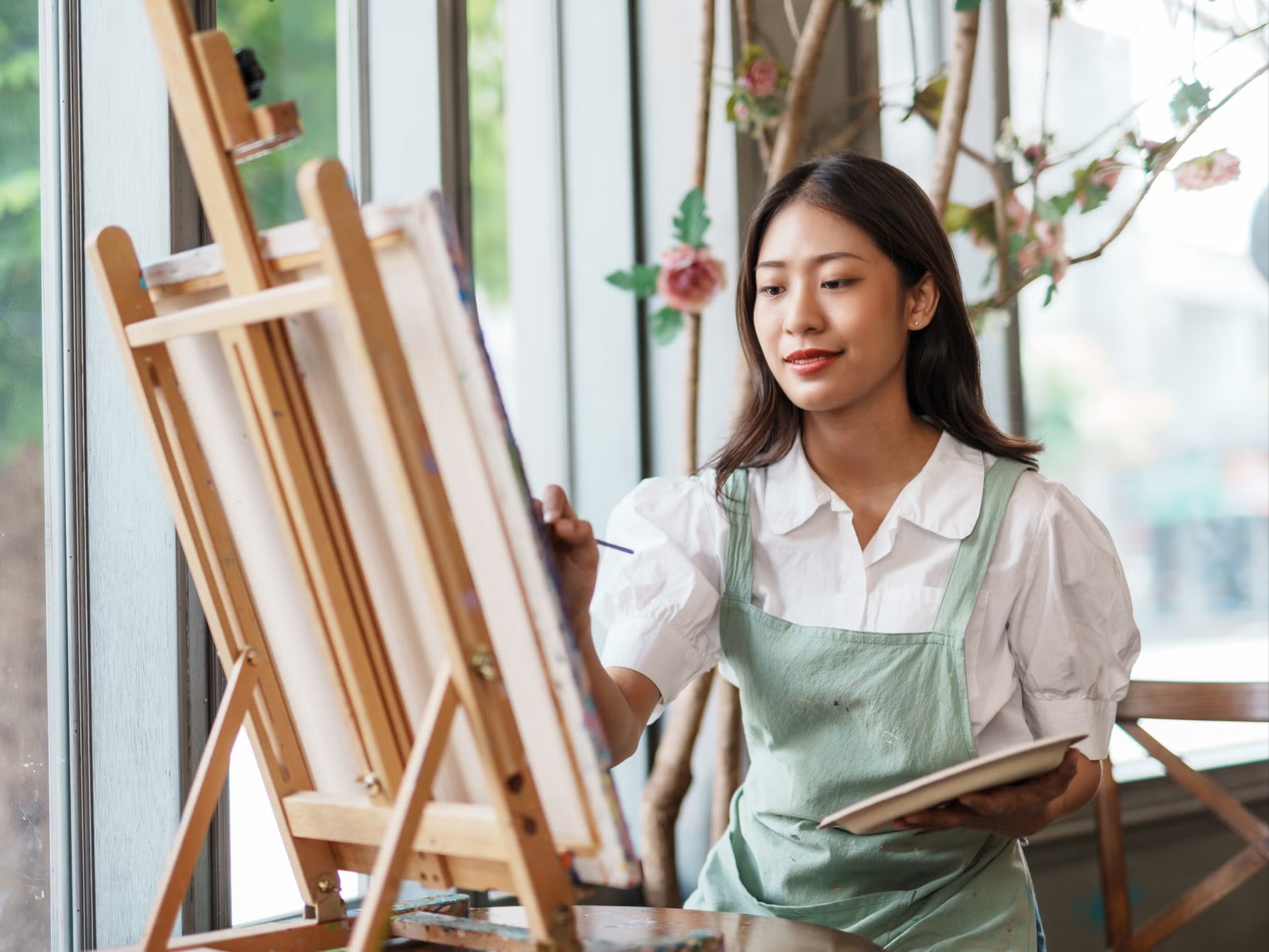
Lifestyle and Art: How Creativity Shapes the Way We Live
Art has always been more than decoration; it is a reflection of human experience, a mirror of society, and a tool for self-expression. Lifestyle, on the other hand, is the way we choose to live—our habits, values, and daily practices. When art and lifestyle intersect, they create a powerful force that shapes identity, enriches well-being, and connects people across cultures.
In the modern world, art is no longer confined to galleries and museums. It is woven into everyday life—our homes, clothing, workspaces, and even the digital spaces we inhabit. Lifestyle choices increasingly embrace art as a means of personal expression, mindfulness, and community building. This article explores the ways in which art influences lifestyle and how creative living enhances human experience.
Art as a Reflection of Identity
For centuries, art has served as a way for individuals and communities to tell their stories. Cave paintings, traditional crafts, and contemporary digital works all reveal something about the people who create and appreciate them.
In daily life, the art we engage with often becomes part of our identity. The style of our homes, the fashion we wear, or the music we listen to communicates who we are and what we value. A minimalist lifestyle may align with clean, abstract art, while a vibrant and eclectic lifestyle may embrace bold colors and diverse cultural influences.
Through art, people find a language to express individuality in a world that often demands conformity. Choosing to live artistically means choosing to embrace authenticity and creativity in every aspect of life.
Art in the Home: Living Spaces as Canvases
Interior design demonstrates the close relationship between art and lifestyle. Our living spaces are more than functional—they are extensions of our personalities. The artwork we hang on our walls, the furniture we select, and even the colors we choose reflect our emotions and aspirations.
Many people now approach their homes as curated galleries. Paintings, sculptures, textiles, and photography are incorporated into everyday living, creating environments that inspire and comfort. The popularity of handmade crafts, DIY projects, and sustainable design shows how people value not just aesthetics but also meaning and ethical choices in their lifestyle.
Art in the home also fosters mindfulness. A well-placed piece of art can serve as a daily reminder of joy, peace, or ambition. This connection between visual surroundings and mental well-being highlights the therapeutic role of art in lifestyle.

Fashion: Wearable Art and Self-Expression
Fashion is one of the most direct ways art enters daily life. Clothing is more than fabric—it is wearable art, a canvas for expression and identity. Designers blend creativity with function, creating garments that communicate ideas, challenge norms, and celebrate culture.
For many, fashion is a lifestyle statement. Minimalists may embrace simple, timeless designs, while trendsetters gravitate toward bold, avant-garde styles. Cultural attire also plays a role, allowing individuals to celebrate heritage through artistic patterns, embroidery, or traditional fabrics.
The rise of sustainable and ethical fashion demonstrates how lifestyle choices in art-driven industries are evolving. People increasingly value clothing that is not only beautiful but also responsible, reflecting a lifestyle of conscious consumption.
The Role of Art in Wellness and Mindfulness
Lifestyle today often emphasizes well-being, balance, and mental health. Art has a natural role to play in this area. Creative activities such as painting, music, or dance provide outlets for stress relief and emotional expression.
Art therapy is widely used to support mental health, helping individuals process emotions through creative expression. Similarly, everyday engagement with art—whether through journaling, photography, or simple sketching—can cultivate mindfulness.
Even passive interaction with art, such as visiting a museum or listening to music, enhances well-being. Studies show that art reduces stress, increases empathy, and fosters a sense of connection. Integrating art into lifestyle choices supports not just creativity but holistic health.
Public Art and Community Lifestyle
Art also extends beyond individual choices into the collective lifestyle of communities. Public art—murals, sculptures, installations—shapes the character of cities and towns. It transforms ordinary spaces into vibrant, meaningful environments that foster civic pride and social interaction.
Street art, for example, has become a global movement. Once dismissed as vandalism, it is now celebrated as an authentic form of cultural expression. Communities use murals to tell stories, honor history, or raise awareness about social issues. In this way, art shapes not only individual lifestyles but also the shared lifestyle of neighborhoods.
Festivals, concerts, and cultural events further highlight the role of art in community life. They bring people together, encourage participation, and create collective experiences that enrich social bonds.
Digital Art and the Lifestyle of the Future
In the digital age, art is rapidly evolving, influencing lifestyle in new ways. Social media platforms showcase art globally, allowing individuals to curate their feeds as digital galleries. Digital art forms such as photography, animation, and NFTs (non-fungible tokens) are redefining how art is created, shared, and valued.
For many, digital art has become part of lifestyle choices. Curating online spaces with visual content, supporting digital creators, or even collecting virtual art assets reflects a blending of creativity with modern living. The rise of virtual reality (VR) and augmented reality (AR) further promises immersive artistic experiences that will shape how people interact with art in daily life.
While some worry that digitalization distances art from authenticity, others see it as democratizing creativity, making it more accessible to a global audience. Either way, digital art is undeniably shaping the lifestyle of future generations.
The Intersection of Art and Sustainability
Another important trend is the intersection of art, lifestyle, and sustainability. Many contemporary artists and lifestyle enthusiasts are integrating eco-consciousness into their creative practices. Recycled materials, natural dyes, and sustainable processes are being embraced in both visual and functional art.
This movement reflects broader lifestyle shifts toward environmental awareness. Choosing art that supports sustainability—whether in home décor, fashion, or community projects—aligns with values of responsibility and mindful living. It shows how lifestyle choices informed by art can contribute to larger social and environmental goals.
Living Artfully: A Philosophy of Lifestyle
Ultimately, the connection between lifestyle and art is about living artfully. This does not mean being a professional artist or surrounding oneself with luxury. Instead, it is about embracing creativity in everyday choices—how we decorate, dress, eat, interact, and reflect.
Living artfully means valuing experiences over possessions, beauty over efficiency, and meaning over routine. It encourages slowing down, noticing details, and finding joy in small acts of creation. In this way, art becomes not just something we consume but something we practice daily.

Conclusion: The Creative Life
The relationship between lifestyle and art is deeply intertwined. Art influences the way we live, and lifestyle choices, in turn, shape how we create and appreciate art. Together, they form a cycle of inspiration, expression, and identity.
Incorporating art into lifestyle is not about extravagance but about enrichment. It is about recognizing that creativity has the power to transform spaces, enhance well-being, build communities, and foster sustainability.
In a world often dominated by speed and consumption, embracing art as part of lifestyle offers a path to balance, authenticity, and connection. Living creatively means living fully—and in doing so, we not only improve our own lives but also contribute beauty and meaning to the world around us.







Post a comment